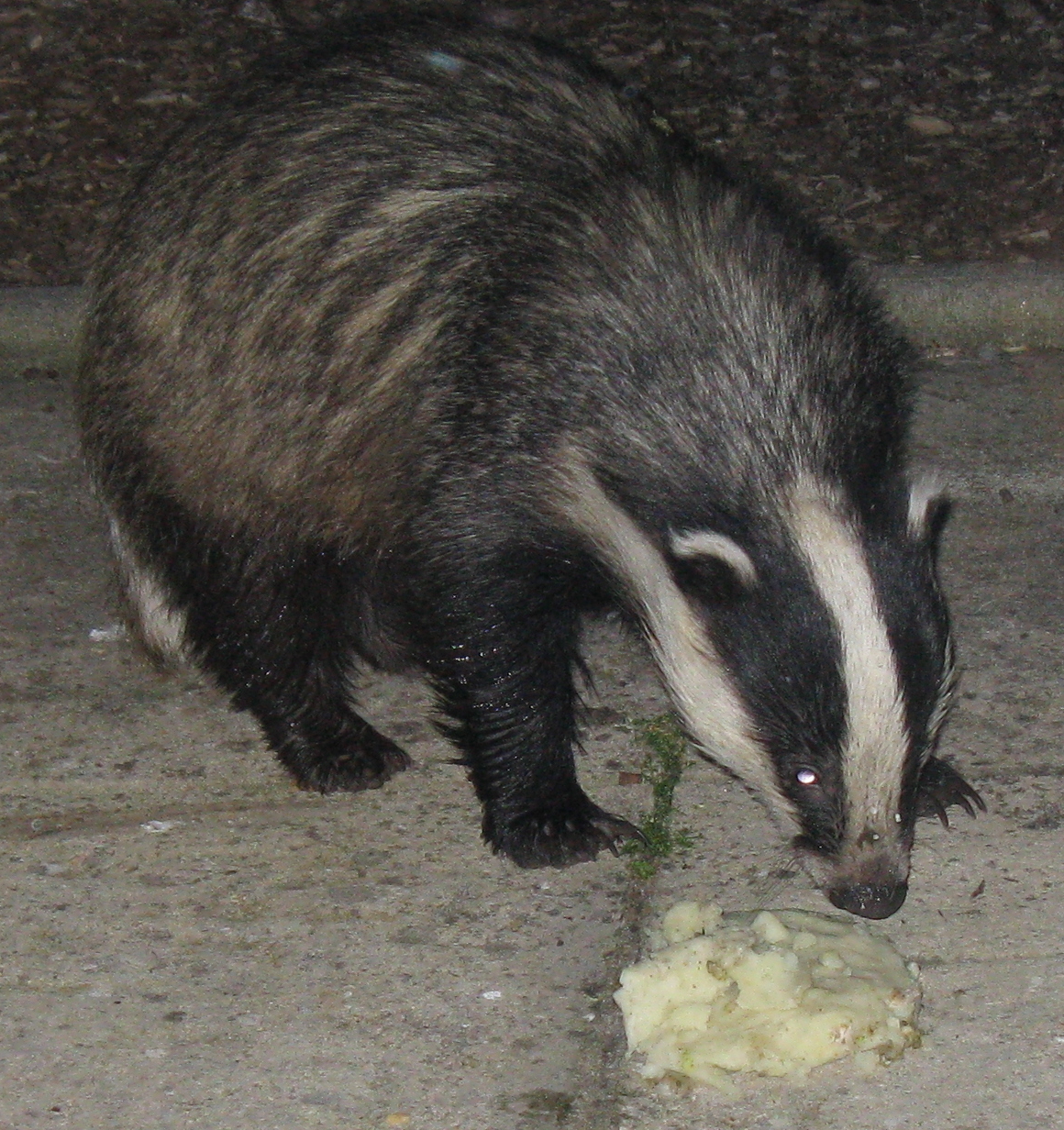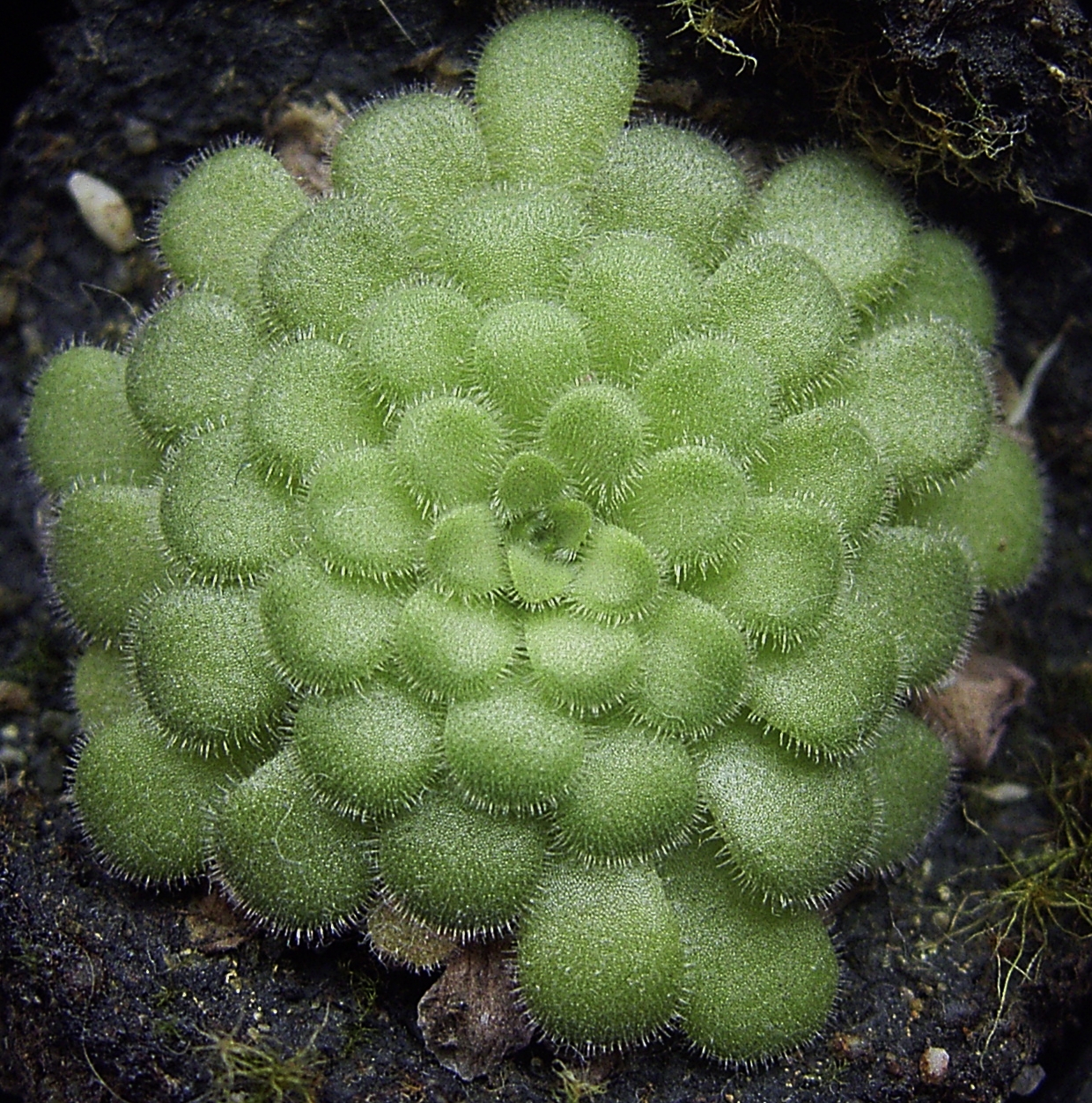|
Irthing Gorge
Irthing Gorge is a Site of Special Scientific Interest on the border between the counties of Northumberland and Cumbria, in England. It is located on the south-western boundary of Northumberland National Park where the River Irthing flows near the village of Gilsland. This protected has an exceptional mixture of habitats, including hillside woodland, seepage areas and bare rock. The gorge here cuts through moorland. Details This protected area supports exceptional upland gorge woodland with silver birch and downy birch occurring on higher rockier ground. Yew trees occur on cliff ledges. Ash, sessile oak, wych elm and hazel dominate the lower slopes. Moss species include '' Mnium hornum'' and ''Dicranum majus''. Several fern species have been recorded from rock faces including ''Cystopteris fragilis, Asplenium viride and Polystichum aculeatum''. Lichen species recorded here include ''Lepraria membranacea'' and ''Cystocoleus niger''. Plant species in damp seepage areas include ... [...More Info...] [...Related Items...] OR: [Wikipedia] [Google] [Baidu] |
Site Of Special Scientific Interest
A Site of Special Scientific Interest (SSSI) in Great Britain, or an Area of Special Scientific Interest (ASSI) in the Isle of Man and Northern Ireland, is a conservation designation denoting a protected area in the United Kingdom and Isle of Man. SSSI/ASSIs are the basic building block of site-based nature conservation legislation and most other legal nature/geological conservation designations in the United Kingdom are based upon them, including national nature reserve (United Kingdom), national nature reserves, Ramsar Convention, Ramsar sites, Special Protection Areas, and Special Area of Conservation, Special Areas of Conservation. The acronym "SSSI" is often pronounced "triple-S I". Selection and conservation Sites notified for their Biology, biological interest are known as Biological SSSIs (or ASSIs), and those notified for geological or Physical geography, physiographic interest are Geological SSSIs (or ASSIs). Sites may be divided into management units, with some a ... [...More Info...] [...Related Items...] OR: [Wikipedia] [Google] [Baidu] |
Dicranum Majus
''Dicranum majus'' is a species of moss belonging to the family Dicranaceae. It is native to the Northern Hemisphere The Northern Hemisphere is the half of Earth that is north of the equator. For other planets in the Solar System, north is defined by humans as being in the same celestial sphere, celestial hemisphere relative to the invariable plane of the Solar .... References Dicranaceae {{Dicranidae-stub ... [...More Info...] [...Related Items...] OR: [Wikipedia] [Google] [Baidu] |
Red Squirrel
The red squirrel (''Sciurus vulgaris''), also called Eurasian red squirrel, is a species of tree squirrel in the genus ''Sciurus''. It is an arboreal and primarily herbivorous rodent and common throughout Eurasia. Taxonomy There have been over 40 described subspecies of the red squirrel, but the taxonomic status of some of these is uncertain. A study published in 1971 recognises 16 subspecies and has served as a basis for subsequent taxonomic work. Although the validity of some subspecies is labelled with uncertainty because of the large variation in red squirrels even within a single region, others are relatively distinctive and one of these, ''S. v. meridionalis'' of South Italy, was elevated to species status as the Calabrian black squirrel in 2017. At present, there are 23 recognized subspecies of the red squirrel. Genetic studies indicate that another, ''S. v. hoffmanni'' of Sierra Espuña in southeast Spain (below included in ''S. v. alpinus''), deserves recognition a ... [...More Info...] [...Related Items...] OR: [Wikipedia] [Google] [Baidu] |
European Badger
The European badger (''Meles meles''), also known as the Eurasian badger, is a badger species in the family Mustelidae native to Europe and West Asia and parts of Central Asia. It is classified as least concern on the IUCN Red List, as it has a wide range and a large, stable population size which is thought to be increasing in some regions. Several subspecies are recognized, with the nominate subspecies (''M. m. meles'') predominating in most of Europe. In Europe, where no other badger species commonly occurs, it is generally just called the "badger". The European badger is a powerfully built, black, white, brown, and grey animal with a small head, a stocky body, small black eyes, and a short tail. Its weight varies, being in spring, but building up to in autumn before the winter sleep period. It is nocturnal and is a social, burrowing animal that sleeps during the day in one of several setts in its territorial range. These burrows have multiple chambers and entrances, and are ... [...More Info...] [...Related Items...] OR: [Wikipedia] [Google] [Baidu] |
Red Squirrel
The red squirrel (''Sciurus vulgaris''), also called Eurasian red squirrel, is a species of tree squirrel in the genus ''Sciurus''. It is an arboreal and primarily herbivorous rodent and common throughout Eurasia. Taxonomy There have been over 40 described subspecies of the red squirrel, but the taxonomic status of some of these is uncertain. A study published in 1971 recognises 16 subspecies and has served as a basis for subsequent taxonomic work. Although the validity of some subspecies is labelled with uncertainty because of the large variation in red squirrels even within a single region, others are relatively distinctive and one of these, ''S. v. meridionalis'' of South Italy, was elevated to species status as the Calabrian black squirrel in 2017. At present, there are 23 recognized subspecies of the red squirrel. Genetic studies indicate that another, ''S. v. hoffmanni'' of Sierra Espuña in southeast Spain (below included in ''S. v. alpinus''), deserves recognition a ... [...More Info...] [...Related Items...] OR: [Wikipedia] [Google] [Baidu] |
Equisetum Variegatum
''Equisetum variegatum'', commonly known as variegated horsetail or variegated scouring rush, is a species of vascular plant in the horsetail family Equisetaceae. It is native to the northern hemisphere where it has a circumpolar distribution. Description It is a variable species with several ecotypes, some of which are distinct subspecies. The stems can grow to 40 cm (occasionally 80 cm) in height but are often much smaller. Some forms have prostrate stems that creep along the ground while other forms grow more erect. The stems are dark blue-green, slender and rough to the touch. They may be unbranched or have branches growing from the base. The stem nodes are covered with a sheath that is marked with a black band and has dark teeth with white edges. The stems are tipped with a small cone, 3–4 mm across, which is usually green with a black, bluntly-pointed tip. Distribution and habitat It has a circumpolar distribution in the northern hemisphere, where it is o ... [...More Info...] [...Related Items...] OR: [Wikipedia] [Google] [Baidu] |
Pinguicula Vulgaris
''Pinguicula'', commonly known as butterworts, is a genus of carnivorous flowering plants in the family Lentibulariaceae. They use sticky, glandular leaves to lure, trap, and digest insects in order to supplement the poor mineral nutrition they obtain from the environment. 126 species are currently accepted. 13 are native to Europe, 9 to North America, and some to northern Asia. The largest number of species is in South and Central America. Etymology The name ''Pinguicula'' is derived from a term coined by Conrad Gesner, who in his 1561 work entitled ''Horti Germaniae'' commented on the glistening leaves: ''"propter pinguia et tenera folia…"'' (Latin ''pinguis'', "fat"). The common name "butterwort" reflects this characteristic. Characteristics The majority of ''Pinguicula'' are perennial plants. The only known annuals are ''P. sharpii'', ''P. takakii'', ''P. crenatiloba'', and ''P. pumila''. All species form stemless rosettes. Habitat Butterworts can be divided rough ... [...More Info...] [...Related Items...] OR: [Wikipedia] [Google] [Baidu] |
Saxifraga Aizoides
''Saxifraga aizoides'', yellow mountain saxifrage or yellow saxifrage, is a flowering alpine plant of the genus ''Saxifraga''. Description ''Saxifraga aizoides'' is an evergreen perennial which branches at or below ground level, and grows to . It spreads by short rhizomes, forming mats of small colonies. The flowers, with five sepals and petals, are yellow—green. Distribution It prefers cold and moist well-draining neutral to basic bedrock, gravel, sand, or shale cliff environments. It is found in: North America, including Alaska, across Canada, the Great Lakes region, and Greenland; and in Europe, including the Tatra Mountains, Alps, and Svalbard. The Flora of Svalbard - ''Saxifraga aizoides'' . accessed 5.14.2013 It is a listed |
Galium Sterneri
''Galium sterneri'' or limestone bedstraw is a plant species of the Rubiaceae. It is native to northern Europe (Denmark, the Faroe Islands, Great Britain, Ireland, Norway and Germany Germany, officially the Federal Republic of Germany, is a country in Central Europe. It lies between the Baltic Sea and the North Sea to the north and the Alps to the south. Its sixteen States of Germany, constituent states have a total popu ...). ''Galium sterneri'' is a low growing plant with small white flowers. References External linksOnline Atlas of the British & Irish Flora, ''Galium sterneri'' (Limestone Bedstraw)Biopix photo, ''Galium sterneri'' sterneri Flora of Great Britain Flora of Denmark Flora of the Faroe Islands Flora of Ireland Flora of Norway Flora of Germany Plants described in 1960 {{galium-stub ... [...More Info...] [...Related Items...] OR: [Wikipedia] [Google] [Baidu] |
Lichen
A lichen ( , ) is a hybrid colony (biology), colony of algae or cyanobacteria living symbiotically among hypha, filaments of multiple fungus species, along with yeasts and bacteria embedded in the cortex or "skin", in a mutualism (biology), mutualistic relationship.Introduction to Lichens – An Alliance between Kingdoms . University of California Museum of Paleontology. . Lichens are the lifeform that first brought the term symbiosis (as ''Symbiotismus'') into biological context. Lichens have since been recognized as important actors in nutrient cycling and producers which many higher trophic feeders feed on, such as reindeer, gastropods, nematodes, mites, and springtails. Lichens have properties different from those of their component organisms. They come in man ... [...More Info...] [...Related Items...] OR: [Wikipedia] [Google] [Baidu] |
Polystichum Aculeatum
''Polystichum aculeatum'', the hard shield-fern, is an evergreen fern native to Europe. It is most abundant in upland regions of the British Isles and western France, where it benefits from the combination of mild winters and moist summers, but also occurs more locally across most of Europe except northern Scandinavia, northern Russia; in the Mediterranean region it is confined to high altitudes. It grows on steep slopes in woodlands. it is sometimes considered an indicator of the presence of ancient woodlands. Description The glossy dark green fronds are 30–90 cm long, usually drooping downslope, with typically 3–8 fronds on a mature plant. The fronds are stiff and hard-textured, bipinnate (single-pinnate on small, young plants), with the pinnae opposite on the stalk. Each pinna is 3–11 cm long, with a large upward-pointing pinnule at the base, and the other pinnules decreasing in size toward the pinna tip; the pinnules have bristly tips. Individual fronds live ... [...More Info...] [...Related Items...] OR: [Wikipedia] [Google] [Baidu] |







